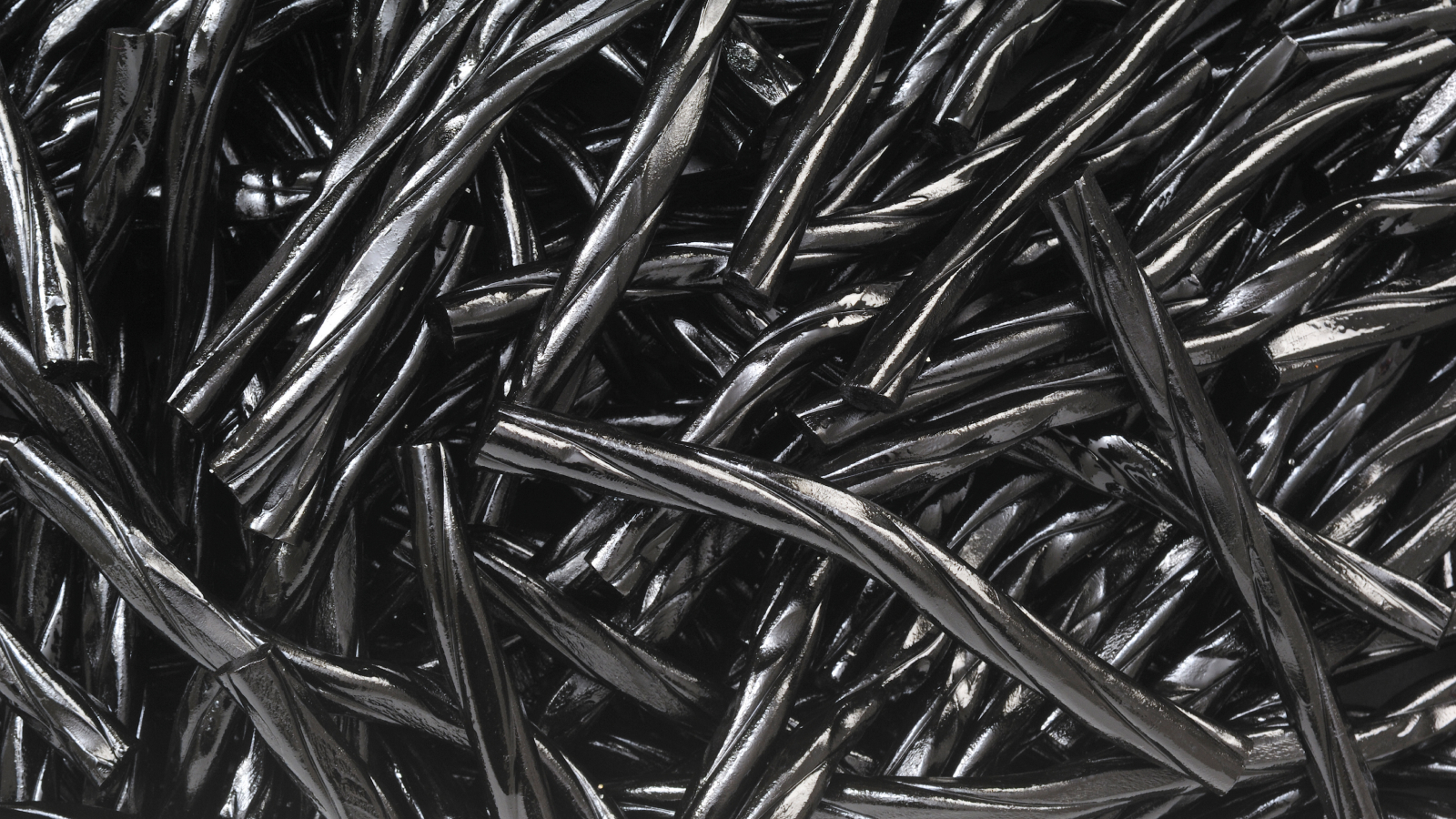Fishes, Vol. 8, Pages 292: Differences in Recreational Fishers’ Motivations for Utilising Two Estuarine Fisheries
Fishes doi: 10.3390/fishes8060292
Authors: James R. Tweedley Clara Obregón Sarah J. Beukes Neil R. Loneragan Michael Hughes
Effective fisheries management requires an understanding of human dimensions. This study elicited the salient motivations for recreational blue swimmer crab and black bream fishing in Western Australia and whether these views differed depending on the fishing location and/or the characteristics of the fisher. Crab fishers were strongly consumption-orientated and aimed to “catch big crabs” and “catch enough crabs to eat”. Furthermore, 91% consumed their catch, with only 2% practicing catch-and-release fishing. In contrast, 81% of black bream fishers did so for the sport/challenge, with the strongest motivation being to catch a bream considerably above legal size and with food only selected by 15% of respondents; most fishers released caught fish. The marked differences between the fisheries for the two species, which co-occur in the same estuaries, are likely driven by the accessible nature of the crab fishery, ease of catching crabs, the low cost of fishing equipment, and their taste. Fishing for black bream, however, requires more expensive equipment, patience, and a greater skill level. Fishers considered crabbing to be as important as other fishing and outdoor activities, whereas bream fishers considered bream fishing considerably more important, reflecting the trophy nature of this fishery.

 1 year ago
37
1 year ago
37


